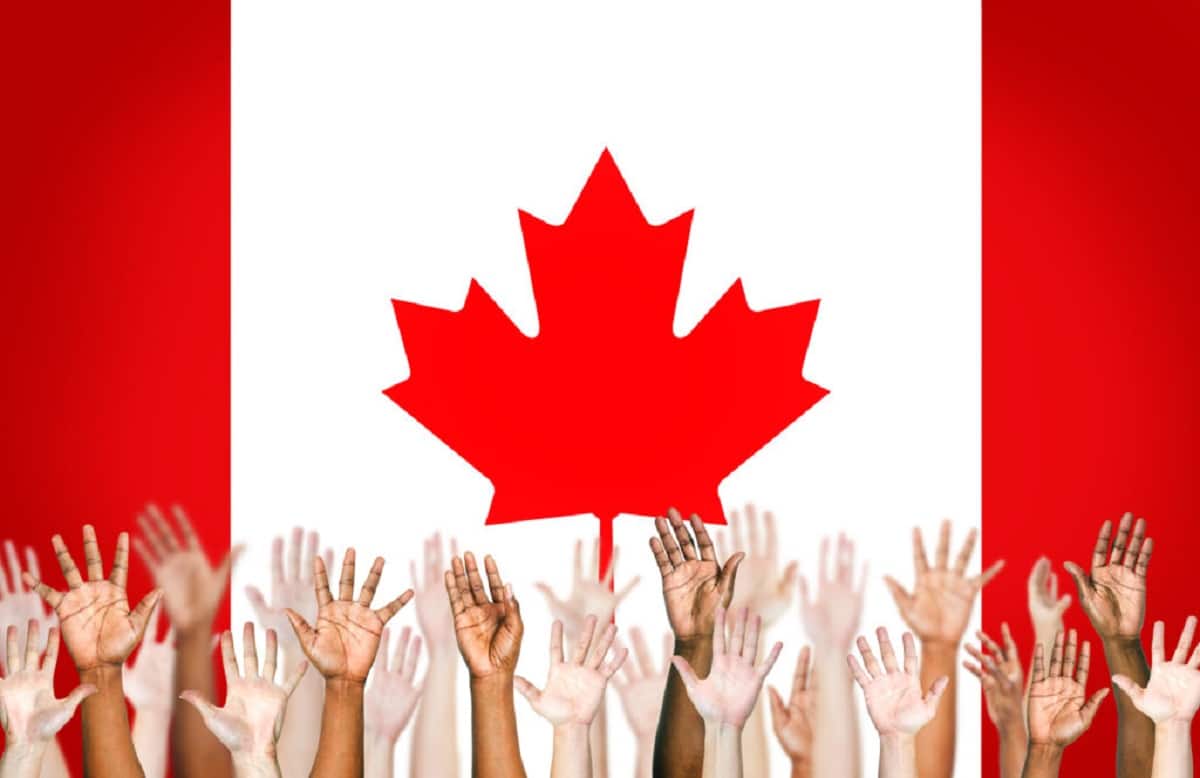
La cultural diversity in Canada It is one of the most outstanding and distinctive characteristics of the society of this country. Not in vain at the end of the decade of the 70s this nation took the flag of the multiculturalism, becoming one of the states that have most promoted the immigration.
This diversity is the result of the different religious traditions and cultural influences that, as a country of immigrants from its very birth, have shaped the canadian identity.
Indigenous Peoples of Canada
The indigenous peoples of Canada, known as "the first nations" are made up of more than 600 ethnic groups that speak about 60 languages. The 1982 Constitutional Law classifies these peoples into three large groups: Indians, Inuit and Métis.
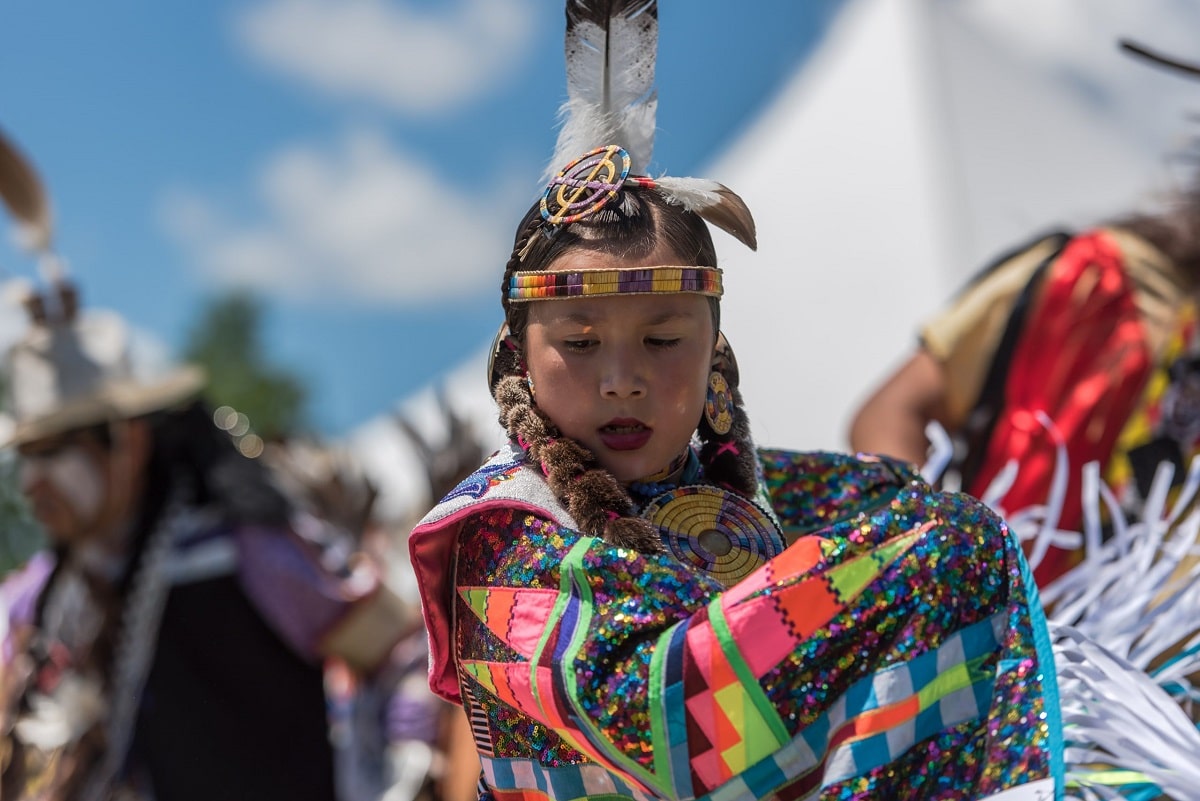
Canadian Indigenous Peoples ("First Nations") today make up about 5% of the country's total population.
It is estimated that this indigenous population is approximately 1.500.000 people, that is, about 5% of the country's total. More than half of them live in separate rural communities or reserves.
The two souls of Canada: British and French
Already in the seventeenth century the territories that are now part of Canada were explored and colonized by british and french, that their resective areas of influence were distributed. The European presence in these lands increased throughout the XNUMXth century through large migratory waves.
After achieving independence in 1867, early Canadian governments developed a hostile policy toward indigenous peoples that has been later described as "Ethnocide." As a result, the demographic weight of these towns was drastically reduced.
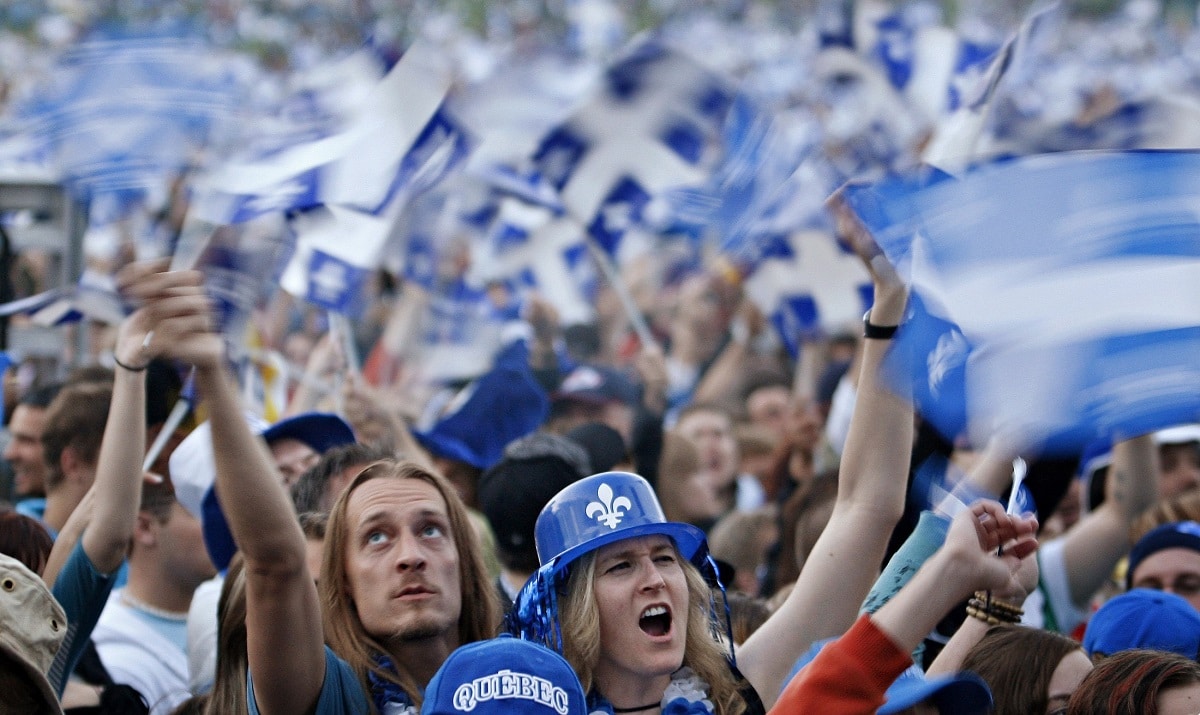
In Quebec (French-speaking Canada) there is a strong national sentiment
Practically until half a century ago the vast majority of the Canadian population belonged to one of the two major European groups: French (geographically concentrated in the province of Quebec) and British. The cultural bases of the country are based on these two nationalities.
About 60% of Canadians have English as their mother tongue, while French is for 25%.
Immigration and cultural diversity
Starting in the 60s, the immigration laws and restrictions that favored immigration from Europe and the United States were modified. This resulted in a flood of immigrants from Africa, Asia and the Caribbean region.
Canada's immigration rate is currently one of the highest in the world. This is explained by the good health of its economy (which acts as a claim for people from poorer countries) and its family reunification policy. On the other hand, Canada is also one of the western states that hosts the most refugees.
In the 2016 census, up to 34 different ethnic groups appear in the country. Of them, a dozen exceed a million people. The cultural diversity in Canada is probably the greatest on the entire planet.
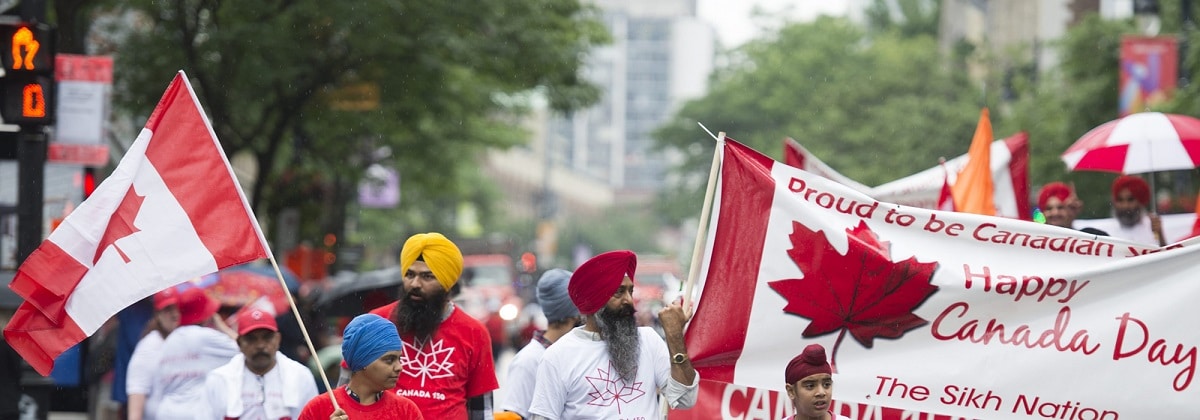
Canada's status as a multicultural country was enshrined in 1998 with the Canada Multiculturalism Act. This law obliges the Canadian government to ensure that all its citizens are treated equally by the state, which must respect and celebrate diversity. Among other things, this law recognizes the rights of indigenous peoples and defends the equality and rights of people regardless of race, color, ancestry, national or ethnic origin, creed or religion.
Every June 27 the country celebrates the Multiculturalism Day.
Praise and criticism
Cultural diversity in Canada is today a sign of identity of this country. Is considered the best example of a diverse, tolerant and open society. The reception and integration of those who have come to the country from almost all parts of the world is an achievement that is highly admired outside its borders.
However, the determined commitment of the successive Canadian governments to multiculturalism has also been the object of harsh critical. The most ferocious come precisely from some sectors of Canadian society itself, particularly in the Québec region.
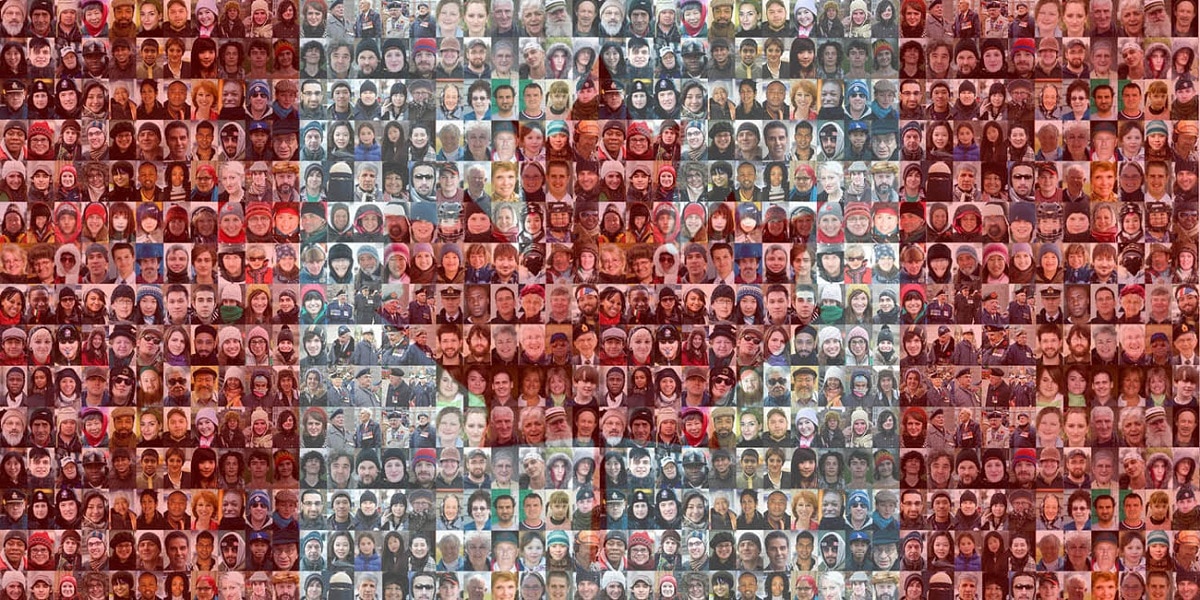
The cultural mosaic of Canada
Critics argue that multiculturalism promotes the creation of geutos and encourages members of different ethnic groups to look inward and emphasize differences between groups rather than stressing their shared rights or identities as Canadian citizens.
Cultural diversity in Canada in numbers
The statistics regularly published by the Canadian government are a true reflection of the country's cultural diversity. Here are some of the most significant:
Canada Population (38 Million In 2021) By Ethnicity:
- European 72,9%
- Asian 17,7%
- Native Americans 4,9%
- Africans 3,1%
- Latin Americans 1,3%
- Oceanic 0,2%
Languages spoken in Canada:
- English 56% (official language)
- French 22% (official language)
- Chinese 3,5%
- Punjabi 1,6%
- Tagalog 1,5%
- Spanish 1,4%
- Arabic 1,4%
- German 1,2%
- Italian 1,1%
Religions in Canada:
- Christianity 67,2% (More than half of Canadian Christians are Catholic and one fifth are Protestant)
- Islam 3,2%
- Hinduism 1,5%
- Sikhism 1,4%
- Buddhism 1,1%
- Judaism 1.0%
- Others 0,6%
About 24% of Canadians define themselves as atheists or declare not to be followers of any religion.